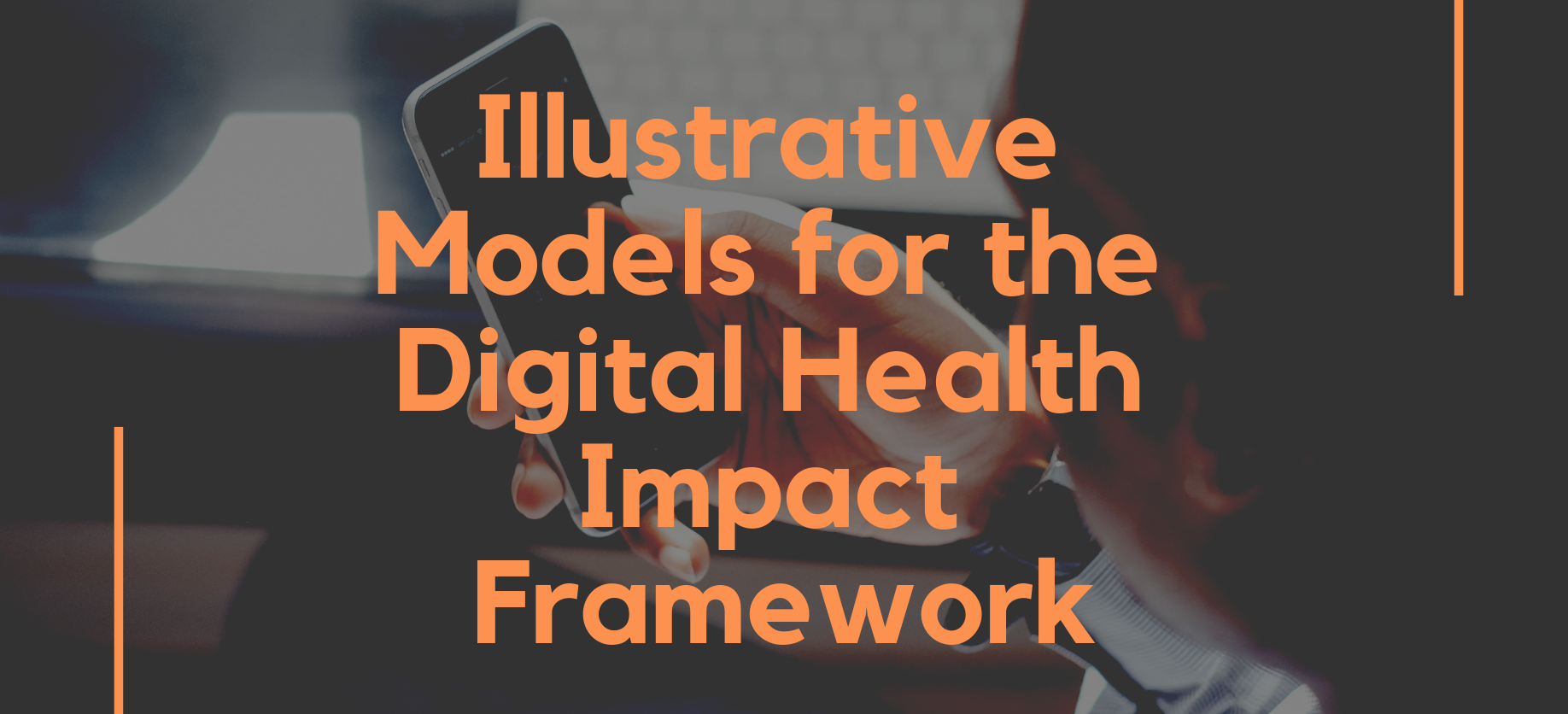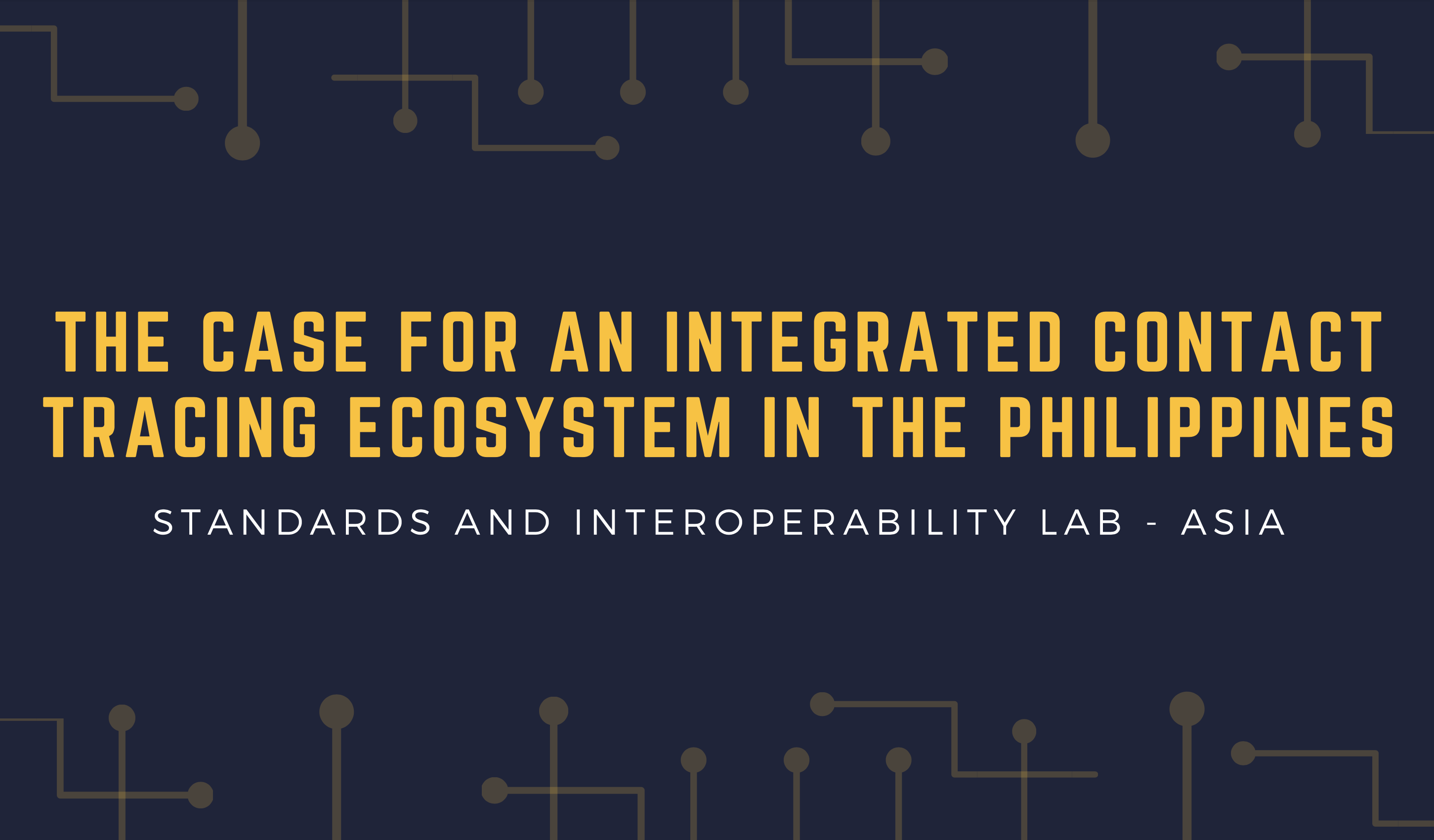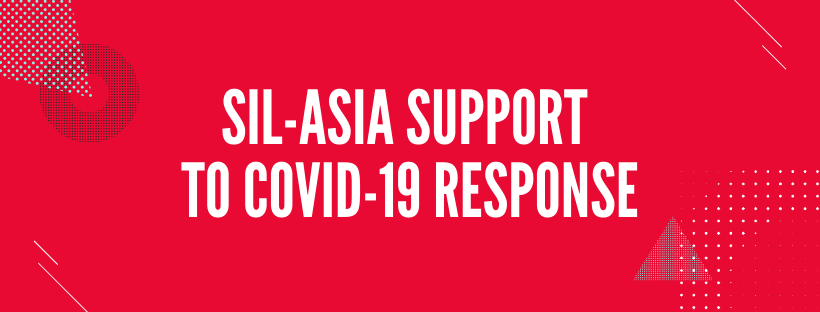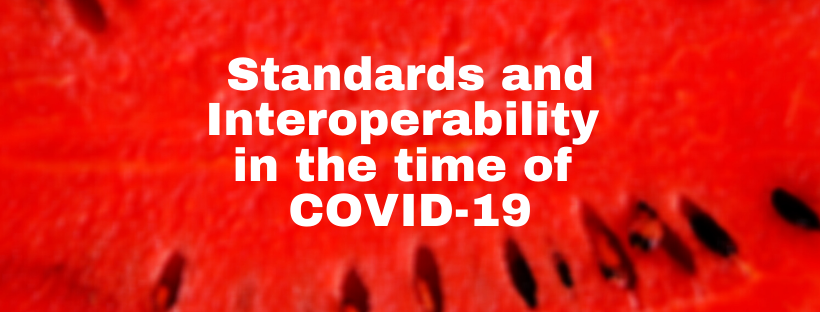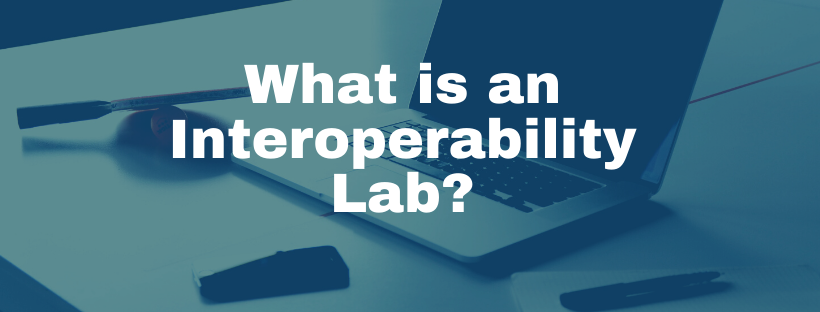User manuals with lots of examples can be helpful. The Asian Development Bank’s (ADB) Digital Health Impact Framework (DHIF)User Manual is a combination of techniques and examples taken from six illustrative models:
- SMS for maternal and child health
- mHealth for telemedicine for a current patient catchment area
- mHealth for telemedicine with an expanded catchment areas
- Malaria surveillance and intervention
- Capital and leasing finance for an EHR
- Strategic mix and choices
Creating options is a DHIF core skill. The first four are single options for the initial stages of digital health projects. In practice, several options are analyzed in these early stages.
Illustrative Model on EHR
The EHR example has two options and in practice would have more. There are two dimensions, vertical and horizontal, as shown below:
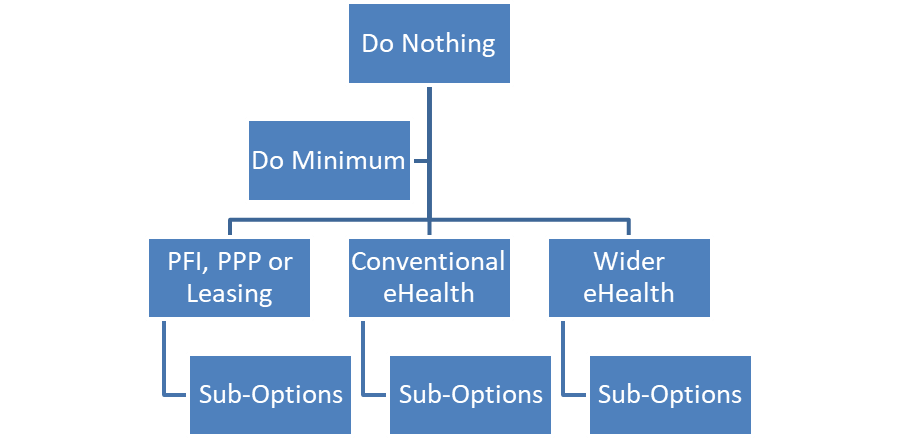
Source: African Centre for eHealth Excellence 2018
The vertical dimension is mainly incremental and thus, relatively easy to compile. Meanwhile, the horizontal dimension is more challenging. They have significant differences to options on the vertical dimension, and not incremental.
EHRs provide an example. Vertical options are mainly incremental changes. Examples of horizontal options include public-private partnerships (PPP) and using the cloud. Both have different investment structure and trajectories compared to capital expenditure. Other variations could be greater reliance on information for health workers rather than management reporting and include investment in health analytics.
Illustrative Model on Strategic Mix and Choices
Each illustrative DHIF model is set at project inception. They rely extensively on assumptions and estimates. Results from the five DHIF project models show that each project needs improving to be viable. The sixth combined model shows one way to compare these:

They all show positive socioeconomic returns but have considerable risk exposure and affordability challenges. Most digital health projects have investment weaknesses at their initial stages. DHIF’s illustrative models design these in.
Using DHIF at strategic levels deals in scenarios, not project options. A range of strategic scenarios using DHIF models can compare their different results. The illustrative strategic mix DHIF model shows that the scenario of six initiatives is unaffordable. Changing the initial DHIF model can create new scenarios. These will abandon or significantly defer some projects.
Trimming strategies and setting scenarios need explicit decision criteria. DHIF can test these. Examples are selections using strategies for:
At the ADB workshop on 31 January 2018 in Bangkok, participants identified decision criteria they would use to select which of the six illustrative DHIF models they would retain in an affordable digital health strategy and why. Their ideas are set out in the DHIF User Manual.
The six models are not templates. While DHIF is a generic methodology, every DHIF model is bespoke. For modelers to start up DHIF, they should start small. The blog, ‘How can a DMC benefit from DHIF?‘ describes some suggestions on how to start. Rome Business School has a short DHIF course. It coaches modelers using their own digital health projects.
More information about Digital Health Impact Framework is available here.

